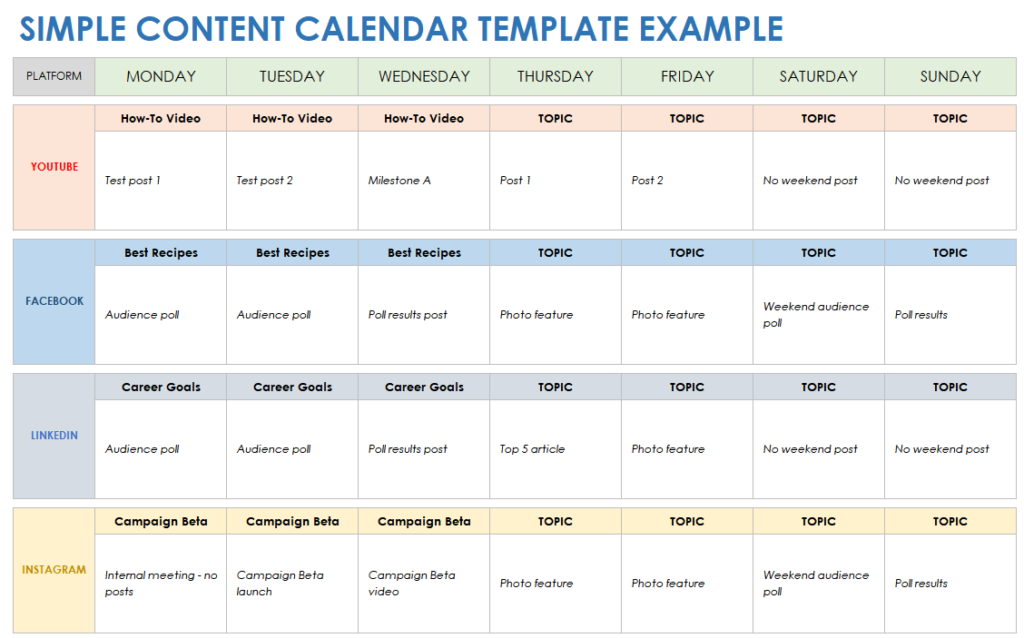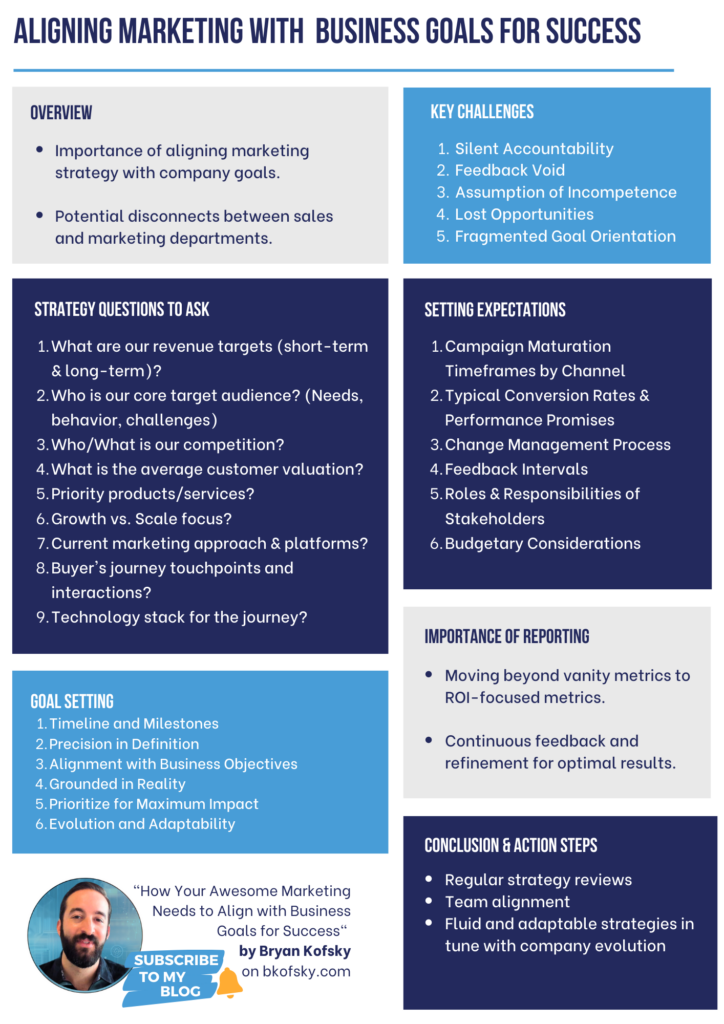Let’s start with some compelling numbers. According to the Content Marketing Institute, 70% of content marketers use an editorial calendar to manage their content.
This isn’t just a statistic; it’s a testament to the power of planning. Further evidence from CoSchedule shows that teams documenting their processes, including content calendars, are a staggering 466% more likely to report success in their marketing efforts.
These numbers suggest that if you’re not using a content calendar, you’re likely missing out on substantial gains.
Moreover, Semrush found that 81% of extremely successful content marketers meet their content deadlines consistently thanks to effective calendaring. This consistency is crucial for maintaining audience trust and engagement.
And if speed is what you’re after, HubSpot highlights that 74% of companies using a content calendar create content 10 times faster than those who don’t. Imagine what you could achieve with that kind of efficiency!

Key Steps in Building a Content Calendar
Now that you understand the importance, let’s get into the essential steps to building an effective content calendar.
Step 1: Define Your Goals and Target Audience
Start by clearly defining your goals. Whether it’s increasing website traffic, boosting social media engagement, or generating leads, knowing your end goal will shape your content strategy.
Also, identify your target audience. Who are you creating content for? Understanding your audience’s needs and preferences will guide your content topics and formats.

Step 2: Conduct Keyword Research
Keyword research is the backbone of any successful content strategy. Use tools like Google Keyword Planner or Ahrefs to identify keywords that align with your goals and audience interests.
This will ensure your content is discoverable and relevant.
Step 3: Align Content with Sales Goals
Map out content that not only engages but also drives sales. Create a mix of content types, such as blog posts, videos, and infographics, that cater to different stages of the buyer’s journey—from awareness to decision-making.
Step 4: Schedule Content Creation and Publication
Plan your content creation and publication dates meticulously. Use your calendar to assign deadlines for drafts, edits, and final approvals. This will keep your team on track and ensure timely releases.
Incorporate promotional strategies into your calendar as well, detailing when and where each piece of content will be shared.
Step 5: Keep Your Content Fresh and Relevant
Maintaining a successful content calendar is pivotal for ensuring that your marketing efforts remain relevant and impactful. Regularly update your calendar with current topics and trending themes in your industry.
Tools like Google Trends and social media insights can be invaluable here. By monitoring what’s capturing attention, you can adjust your content to resonate better with your audience.
Step 6: Foster Collaboration
Collaboration is a key component. Bring your team and stakeholders into the process; diverse perspectives can drive creativity. Schedule regular brainstorming sessions to generate ideas and assess what content worked and what didn’t.
Use collaborative tools like Trello or Asana to track contributions and ensure everyone is aligned. This not only streamlines the creation process but also fosters a sense of ownership among team members, enhancing consistency.
Step 7: Analyze and Adjust Based on Data
Let data guide your decisions. Regularly analyze content performance metrics to see what types are driving engagement and conversions. For instance, perhaps blog posts are working well while videos are lagging.
This analysis will allow you to pivot your strategy quickly, ensuring that you’re not just producing content but producing the right content. Don’t hesitate to make adjustments to your calendar based on these insights; flexibility is key.
A well-maintained content calendar does not just keep you organized; it serves as a roadmap for your content journey. By following these key steps, you set the foundation for a content calendar that’s not just a schedule, but a strategic tool for growth. Start today and watch how a little planning can pave the way for big results.
Final Thought
Remember, consistency is king in the content game. As you implement these strategies, regularly evaluate and tweak your approach to ensure it aligns with evolving goals and audience needs. Armed with a detailed content calendar, you’re no longer navigating blindly—you’re steering a ship with a clear destination.
Now, let’s talk about the resources and tools that can simplify this entire process. By harnessing the right tools, you’ll streamline your planning and execution, making your content calendar a powerful ally in your sales strategy.
Content calendar, planning, consistency, strategy
